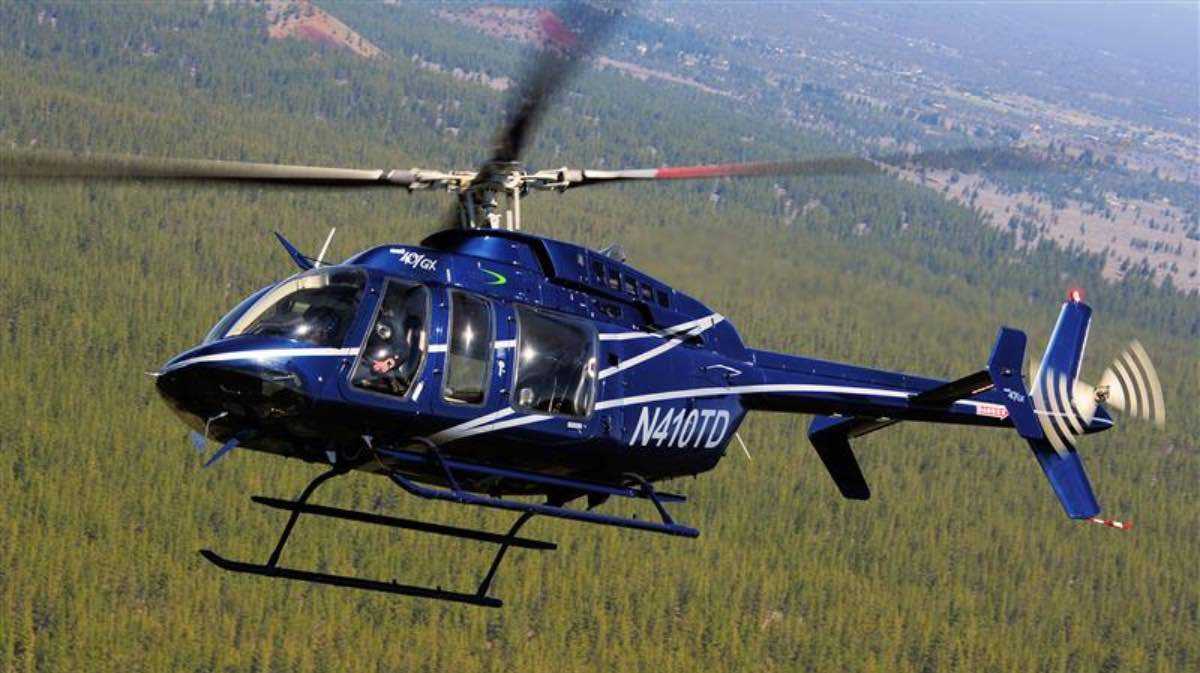
The Helicopter Pilot’s Role in Monitoring Critical Infrastructures
Across the country, bridges, pipelines, power lines, and communication towers form the unseen framework that keeps daily life functioning. These systems, classified as critical infrastructures, require consistent monitoring to ensure safety and uninterrupted service. Helicopter pilots play a vital role in supporting these operations. They offer a unique and efficient vantage point to inspect assets in challenging or remote terrain. These missions demand not only advanced flying skills, but also the ability to operate safely at low altitudes and navigate complex environments with precision and awareness.
Why Helicopters Are the Go-To Tool for the Job
Helicopters offer a level of access and flexibility that fixed-wing aircraft or ground crews simply can’t match. When infrastructure spans mountain ranges or densely forested regions, rotorcraft provide safe, efficient transport for crews and equipment. They also allow for slow, stable flight. This gives inspectors or camera operators the time needed to gather visual data in real time.
In many cases, pilots work alongside technical teams using high-definition cameras, LiDAR systems, or infrared sensors to inspect everything from corrosion on a bridge truss to a pressure anomaly in a pipeline. Because many of these flights require close proximity to infrastructure, pilots must be highly skilled in precise maneuvering and able to make fast, calculated decisions in response to shifting terrain or sudden changes in weather.
Flying in Complex Conditions
Critical infrastructure monitoring often requires flying at low altitudes, hovering in place, and operating near power lines or narrow corridors. These are high-consequence environments that leave no room for error. Pilots need sharp risk awareness and the ability to perform smooth inputs under pressure.
LEFA students begin building these skills early. Off-airport landing and mountain operations training are integrated into the curriculum to help pilots develop the muscle memory and confidence required to operate in the field. Students also gain exposure to real-world operations through our diverse flight programs, which mirror the dynamic conditions pilots may encounter in utility or contract work.
Training for High-Stakes Roles
Pilots entering this field typically progress through a structured path, beginning with a Private Pilot Certificate and continuing through Commercial and Certified Flight Instructor ratings. Along the way, flight time, experience in varying conditions, and exposure to mission-style flying all contribute to a pilot’s readiness for infrastructure-related roles.
What sets Leading Edge apart is the emphasis on real-world scenarios. Our training approach helps students transition smoothly into specialized work, like survey operations, by preparing them to think critically and maintain the highest levels of safety.
Career Opportunities in Monitoring Critical Infrastructures
Both public agencies and private contractors rely heavily on helicopter pilots to inspect and maintain critical infrastructures. Opportunities span government utilities, energy companies, transportation departments, and telecommunications providers. With infrastructure spending on the rise, demand for skilled helicopter pilots in these sectors continues to grow.
For pilots who thrive on responsibility and enjoy working in high-impact environments, infrastructure monitoring offers a rewarding career path. It combines technical flying with a broader sense of purpose, helping protect the integrity of the systems communities rely on every day.
A Pathway That Starts at LEFA
We train future pilots to meet the demands of these specialized missions with confidence. Through targeted instruction and hands-on experience, our graduates enter the industry with a strong foundation in both skill and safety. Supporting infrastructures is a way to serve communities and contribute to industries that keep the world moving.
Take the next step toward a meaningful and dynamic flying career. LEFA is here to help you get off the ground!


